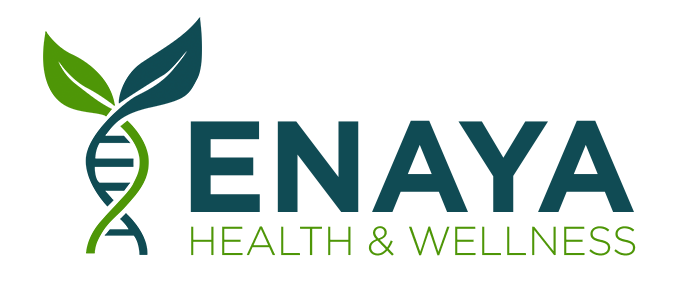
5 Tips to Kick-Off a Healthy New Year
It is that time of the year again when many of us make our New Year’s resolutions. If you plan on making a New Year’s resolution, the odds are against your success. In fact, research shows that majority of people quit in about 6 weeks. The reason why most people fail is because habits, behaviors, and lifestyle take time to change and trying to do too much too quickly is a recipe for failure.
In this world of “instant gratification”, most people expect results “now”. We want everything now; happiness now, success now, health now, and we expect results immediately, and if we haven’t reached our goals yet, it must be because something is wrong with our strategy or we’re not working hard enough or fast enough. We try to change too much at once, and expect too much of ourselves, and this impatience usually leads to frustration and failure.
The number one secret to success is to take baby steps!
If you’re feeling inspired to make some positive changes to your health and wellness this year but are unsure on how to get started then these tips will definitely give you a kick start!
These are my 5 tips to kick start your journey into wellness
1. DRINK WARM WATER WITH LEMON AND APPLE CIDER VINEGAR
Drink at least one 10 oz. glass of warm water with half a lemon and 1 teaspoon of raw apple cider vinegar (ACV) on an empty stomach upon waking up. Taking ACV with lemon in the morning will help detox and cleanse your liver, as well as clear out bacteria in your body. ACV has also been known to curb food cravings and help weight loss by keeping the blood sugar balanced.
2. FILL HALF OF YOUR PLATE WITH RAW NON-STARCHY VEGETABLES
Diet changes are the most difficult changes with which most people struggle. Whether you are following a keto, paleo, vegan or any other type of diet, make sure you fill at least half of your plate with non- starchy preferably raw vegetables at each meal. The vitamins, minerals, fiber, and antioxidants in vegetables will help you maintain a healthy weight and help prevent or improve chronic illnesses. Eat a variety of phytonutrient-rich fruits and vegetables every day by eating six different colors of plant foods daily (red, orange, yellow, green, blue, purple, and tan/white). If you focus on making most of your meals look this way, you’ll automatically lose weight and improve your health without counting macros or calories.
3. RULE OF 16-8
Intermittent fasting is the best thing you can do to improve your health and meet your health and wellness goals. On the 16-8 diet, you spend 16 hours of each day consuming nothing but water. The remaining eight-hour window is when you eat all of your meals. I recommend eating 2 meals – a late breakfast at noon and an early dinner at 6 pm. Don’t eat anything past 8 pm. Eating later at night negatively impacts your hormones and metabolism and has been associated with weight gain and poor memory.
4. REDUCE SUGAR AND PROCESSED FOODS
Research shows that the excessive intake of refined sugars and grains contributes to many chronic health issues. In order to stave off illness and reverse symptoms, limit your intake of refined sugars and grains. Both of these are found in highly-processed foods like shelf-stable cakes and cookies, candy bars, and other snacks. Read food labels carefully, and select foods with no added sugar (or very little added sugar). Try switching the sweetener in your morning coffee from table sugar to a natural sweetener like maple syrup or honey.
5. LOAD UP ON HEALTHY FATS
Healthy fats helps support brain and heart health while keeping you feeling full and providing your body with energy. Shoot for more omega-3s (from avocados, fatty fish, nuts and seeds, olives, sea vegetables, grass-fed meats, etc.). Keep in mind that low-fat and fat-free products contain a lot of added sugar and artificial fillers which have negative effects on health.
Gradually working toward change improves your odds of success. Instead of making several drastic changes all at once, choose to overcome one behavioral change at a time. And in the process, remember to be kind to yourself! Nourish your body with the “whole” foods that are healing, instead of restricting calories and relying on numbers or rules. And remember, taking baby steps are the key to success!
Wishing all of you happy and healthy 2020!








Recent Comments